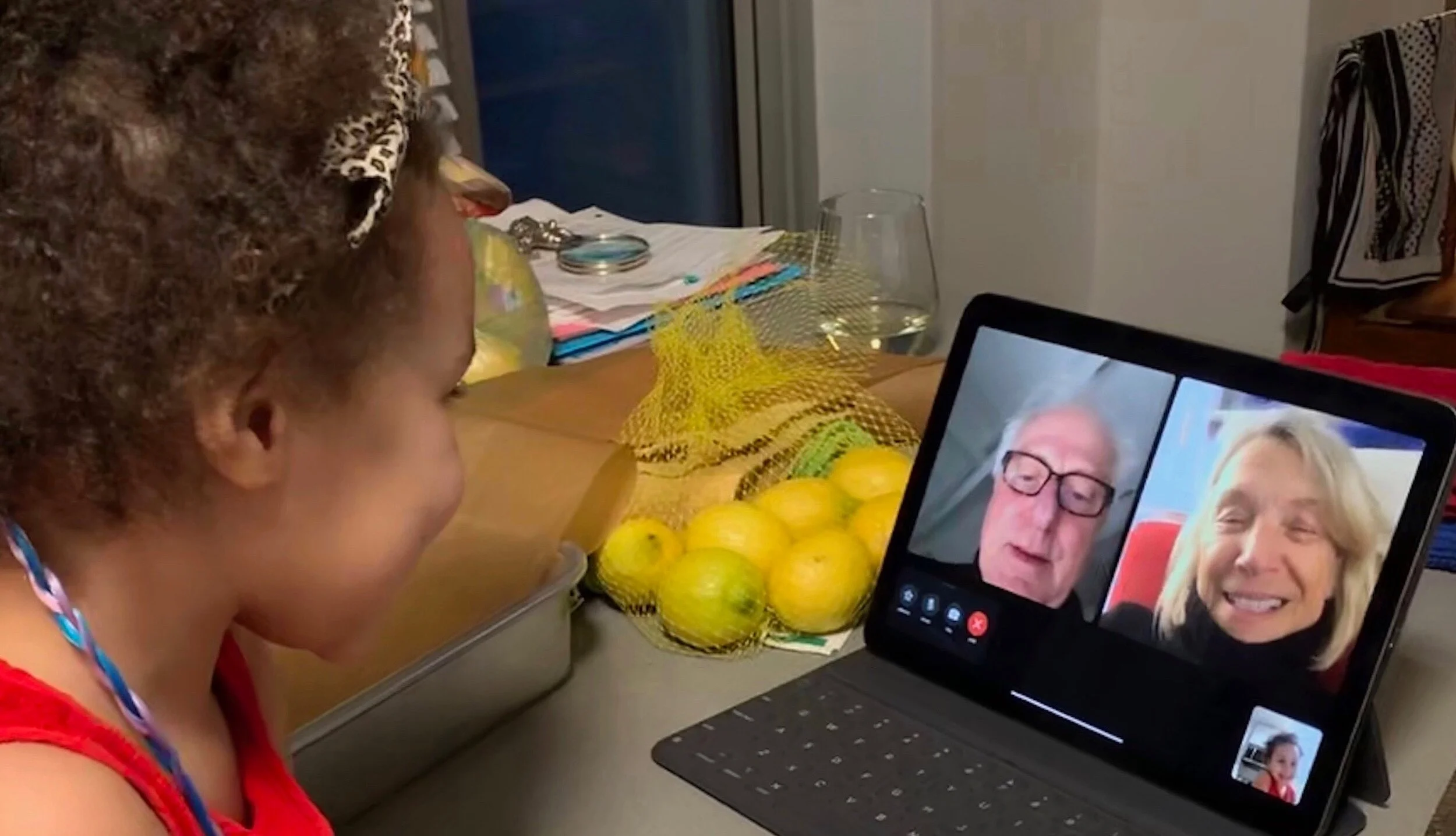Big Question: While children are distance learning, how should we adjust screen time allotment?
During normal times, parents frequently ask questions about the amount of screen time their children consume. And now that we are all doing more of our life on a computer, iPad or smartphone, queries about the amount of time that children are in front of a screen have multiplied. I often refer parents to our Spring, 2019 pre-COVID-19 post: How Much Is Too Much Screen Time? But, now that we are living in very different times we must apply a new set of boundaries.
This web page: Screen Time Recommendations advises parents on the limits of screen time as provided by the American Academy of Pediatrics and the World Health Organization. With children now spending well over the 1-2 hours set forth for children ages three to thirteen, do these guidelines apply? With hours of daily online activity adding up as children do distance learning, not to mention FaceTime and Zoom meetings with family and friends, parents are rightfully concerned.
So how do we adjust to this new normal when it comes to the inordinate amount of time our children are sitting in front of a two-dimensional screen?
Well, first of all, let’s talk briefly about the consequences of too much screen time. Research shows that the more time using electronic devices, the greater the risk of obesity, sleep irregularity, and other developmental and health concerns. Therefore, when social distancing and distance learning demands excessive use of electronic devices, parents must work harder to counteract the adverse effects.
The good news is that FaceTime and other live video interactions with family and friends help to maintain healthy social and emotional connections. This kind of screen time is a net positive and needn’t be limited.
Making time for open-ended play, exercise, healthy food choices, and face-to-face family time becomes more important than ever.
One way to begin is by making time for a family meal … once a day, or once a week to start (and can be breakfast, lunch or dinner) It can be a time where children and parents work together to plan and help to prepare the food, and then sit together to enjoy it. You can incorporate that face-to-face time during prep and the actual meal. There are lots of ways to extend and enrich this experience. Children can help measure ingredients (math), make menus (reading and writing) complete with illustrations (art) and even choose a soundtrack (music) for some after dinner dancing (exercise).
It seems like a lot to ask when parents are juggling “work from home” responsibilities, their children’s academic duties, and managing their own stress related to the pandemic. However, focusing on limiting screen time outside of that required by distance learning, while challenging, will be a wise investment in your child’s overall physical and social-emotional health.
We would love to hear how you are managing the screen time dilemma, so please share your experiences with us. We are always learning so much from our readers!







